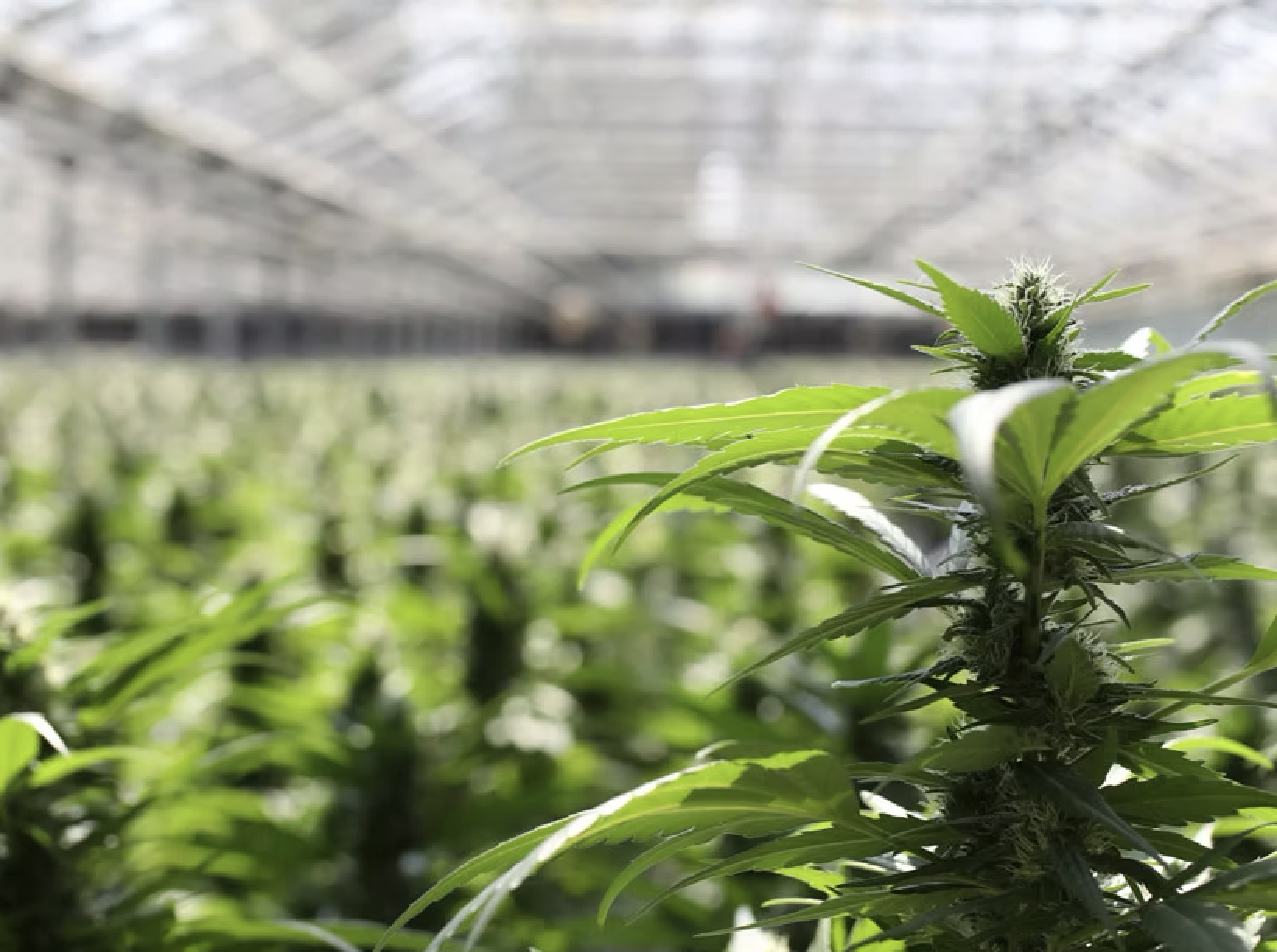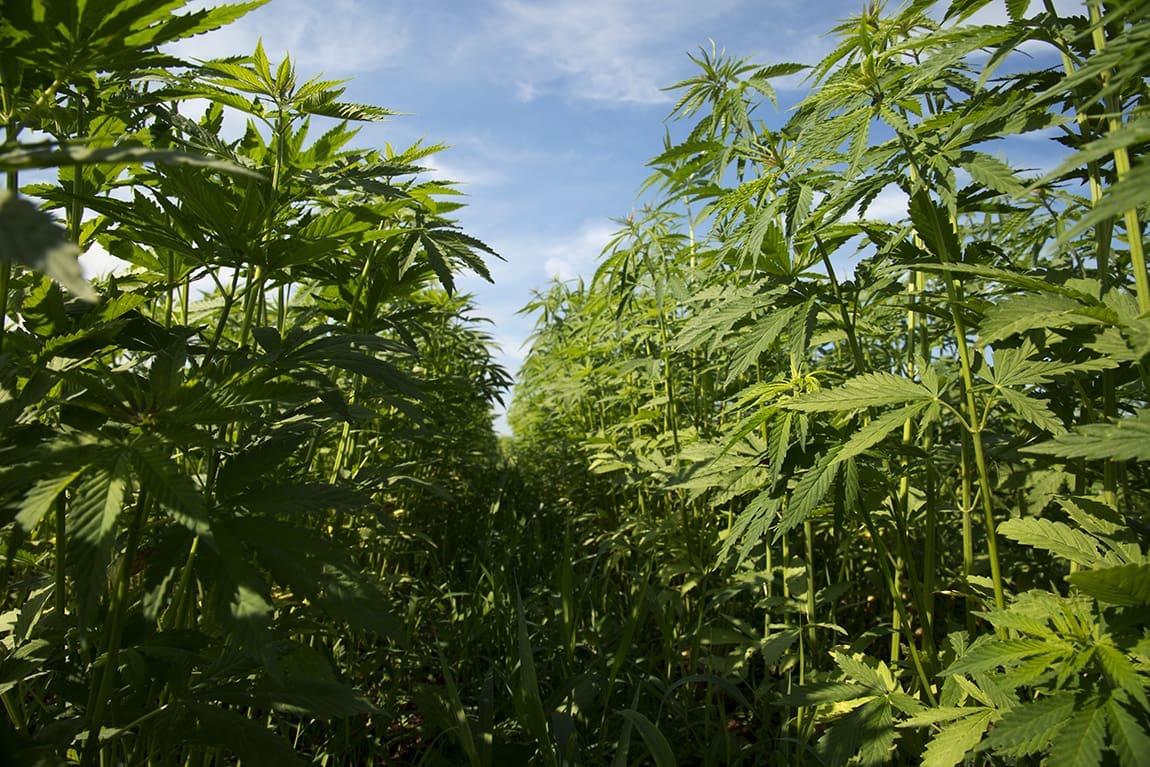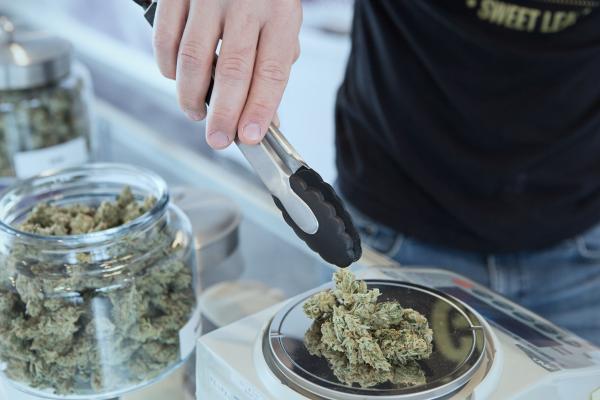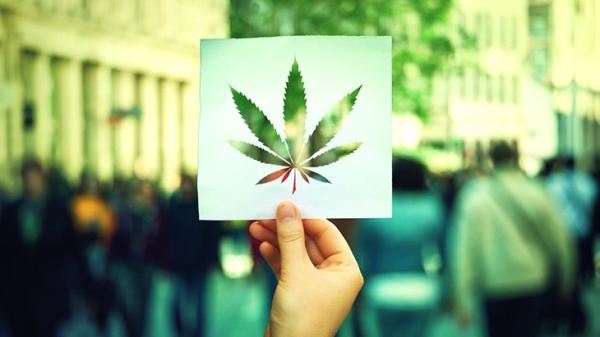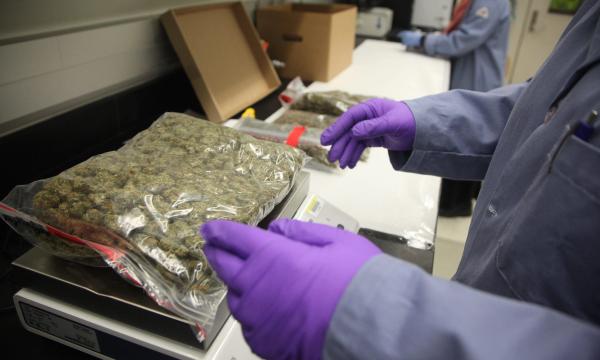
Headaches are common conditions. However, migraines are more devastating and acute due to their signs, symptoms, and effects on the human body. They arise from various triggers, and effects vary from one person to the other. Some common migraine stressors include:
● Various types of allergies
● Environmental conditions
● Insomnia or poor sleeping patterns
● Stress
● Diet changes, among others
Migraines lead to severe and painful headaches, nausea, vomiting, and excessive sensitivity to light and sound. Due to their effects, people are desperate for any conventional treatment. Unfortunately, there is no cure for migraines. Therefore, the existing medical gap provides the entry point for cannabidiol as a prospective treatment regimen for headaches and migraines.
Let's look at what is CBD.
Basics Information about Cannabidiol
Medical researchers link strains of the cannabis plant to the production of different active chemicals, including CBD and THC. Cannabidiol is one of the sought after chemicals from various strains of cannabis. Alongside CBD and THC, cannabis strains contain other active compounds such as terpenes.
The health benefits of CBD are overwhelming. For instance, reviews from CBD Shelter show that cannabidiol has a handful of medical and recreational benefits. Some of the notable benefits of CBD include:
● Reduction of chronic pain
● Alleviating various types of epileptic syndromes
● Decrease inflammations
● Reduction of anxiety and insomnia
● Promote relaxation
Due to cannabidiol's breakthrough in the medical world, medical researchers have developed strategies on how to use CBD. However, there are deficiencies in the exact dosage you should take due to the variations of body metabolism, age, reactions, and intended purposes.
But, what can CBD do for migraines?
CBD and the Treatment of Migraines
Fortunately, there are scientific proofs, though limited, which link CBD to the alleviation of migraine symptoms such as chronic pain and lack of concentration. For instance, CBD influences some types of cannabidiol receptors, such as CB1 and CB2, to inhibit the release of pain sensors to the brain.
Additionally, its ability to reduce inflammations inspires the clinical recommendation of CBD for migraines. It interacts with the body systems to prevent the breakdown of anandamide - a chemical pain regulator.
Also, CBD is instrumental in reducing the effects of depression and insomnia. Migraines and headaches are a common source of stress and inadequate sleep. Therefore, CBD plays some roles in calming the body and providing room for relaxation.
CBD and THC Strains for Migraine Treatment
Is CBD strain for migraines the only suitable treatment for migraines and headaches? Fortunately, even THC plays some roles in treating the conditions. Both THC and CBD are common compounds in various cannabis strains. Some of these strains include Indica, Sativa, or hybrid strains. The difference between CBD and THC is vital in combating migraines and headaches.
In many instances, many people prefer cannabis strains with high CBD content since they are vital in alleviating chronic pains and promoting relaxation.

How to Use CBD
There are many ways you can apply and introduce CBD compounds to your body systems. Some common ways include.
1. Vaping
Cannabis vape involves the infusion of CBD concentrates (e-liquids, e-juices, and oils) in cartridges that heat the content for vaporization. Subsequently, this is one of the most effective ways of intake since it allows high absorption of cannabidiol.
2. Topical application
The application of cannabidiol concentrates on the skin is also a common method that provides proper absorption of compounds into the body systems. While topically applying CBD content, it is essential to delegate adequate time for adequate absorption.
3. Edibles
Fortunately, manufacturers have infused contents in edibles to enable easy intake and promote timely absorption. You can obtain cannabis contents from cakes, chewing gums, and other foods. The infusion of favorable ratios of CBD to THC in edibles, CBD migraine balm, ointments, e-liquids, and other concentrations provide you with plenty of choices at your disposal.
CBD Dosage
Notably, there are no clinical confirmations regarding the exact dosage of CBD content you should take. However, there are vital considerations that inspire content estimations. Such factors include:
● Body metabolism
● Age
● Purpose of taking
● Presence/ absence of any underlying condition(s)
Due to the notable factors, you should contact medical advisors on when to take CBD for migraines. The other fundamental consideration that informs the entry of CBD to the treatment of migraines and headaches is the presence of various notable cannabis strains that possess a prospective advantage.
Final Thoughts
Headaches and migraines are conditions that require urgent treatment mechanisms due to their devastating symptoms and effects. However, the absence of an immediate cure prompted researchers to determine the effectiveness of CBD as an intervention. Despite that, researches are ongoing, and there are prospective signs of progress. However, you can use CBD to manage migraines and headaches.
Did you find this article helpful? You may leave a comment or share your experience below.
Author's Bio: Rae_H is a qualified health practitioner. She has been treating patients who suffer from migraines and constant headaches. She recommends cannabis as an alternative when it comes to treating the condition.





